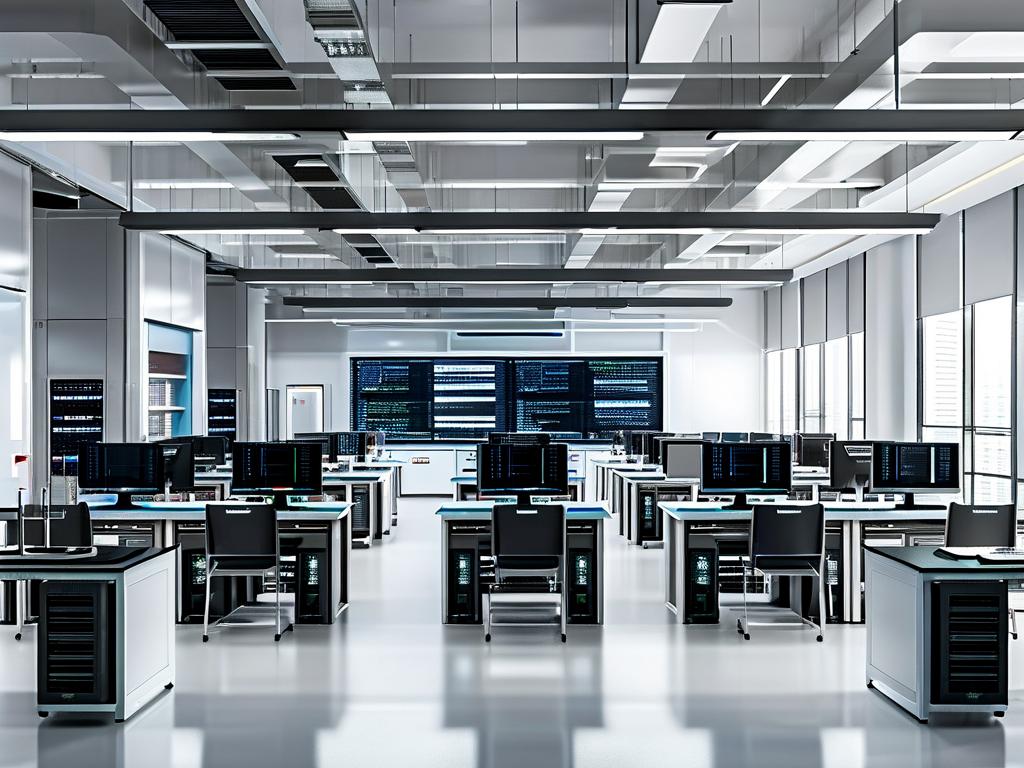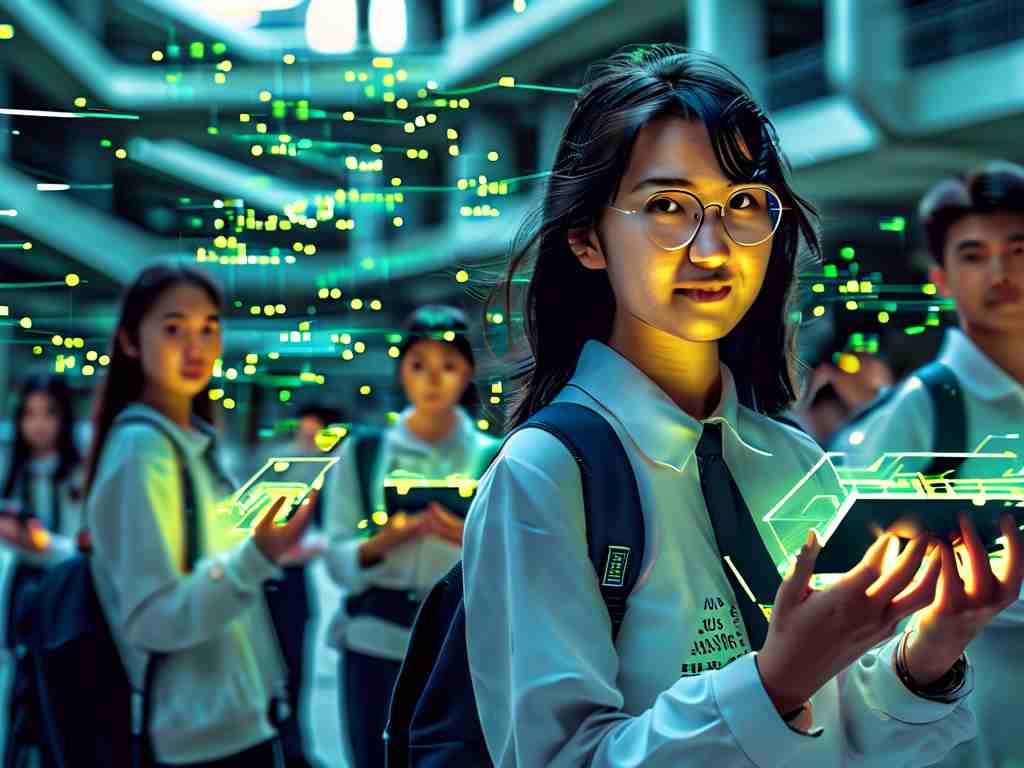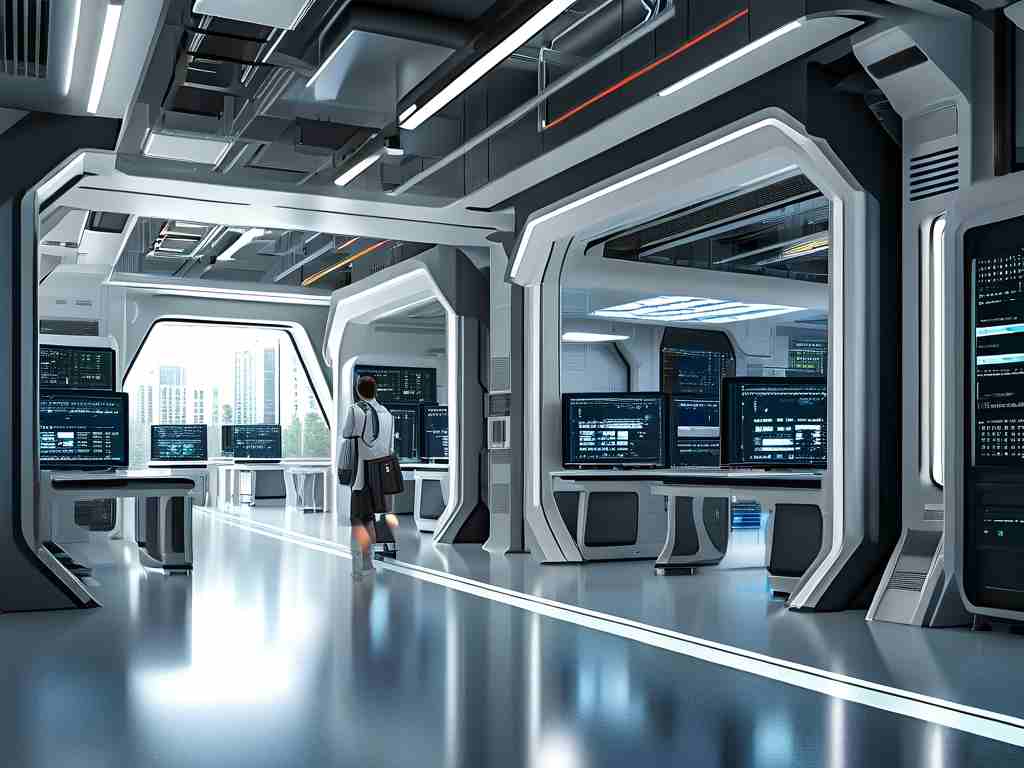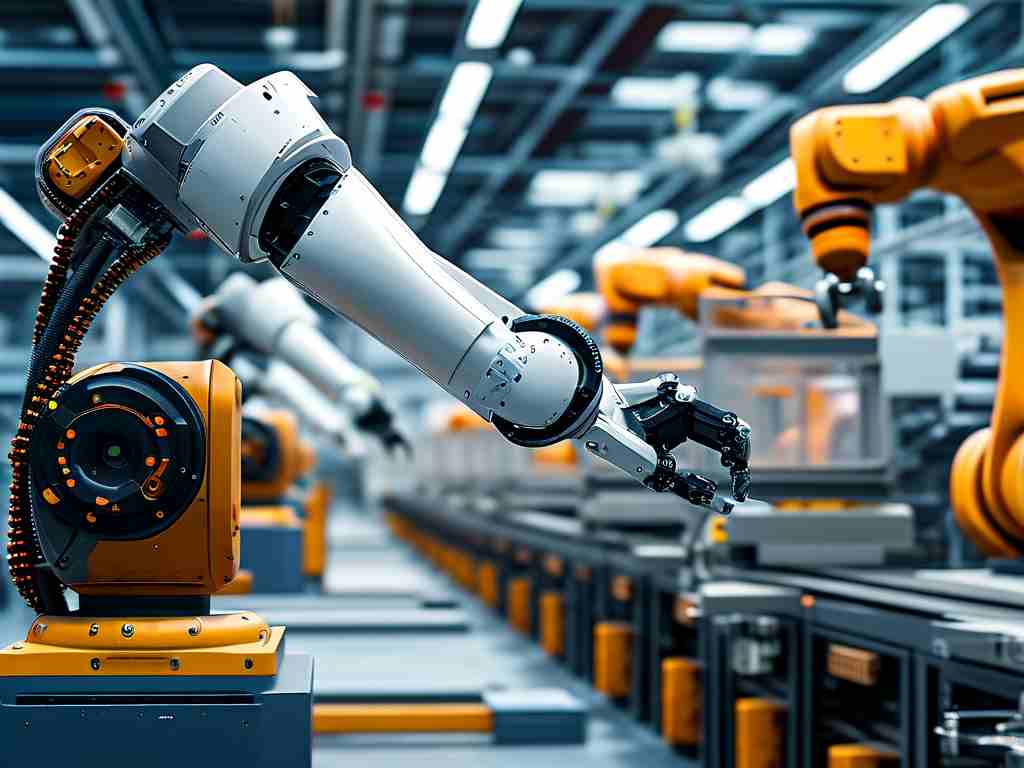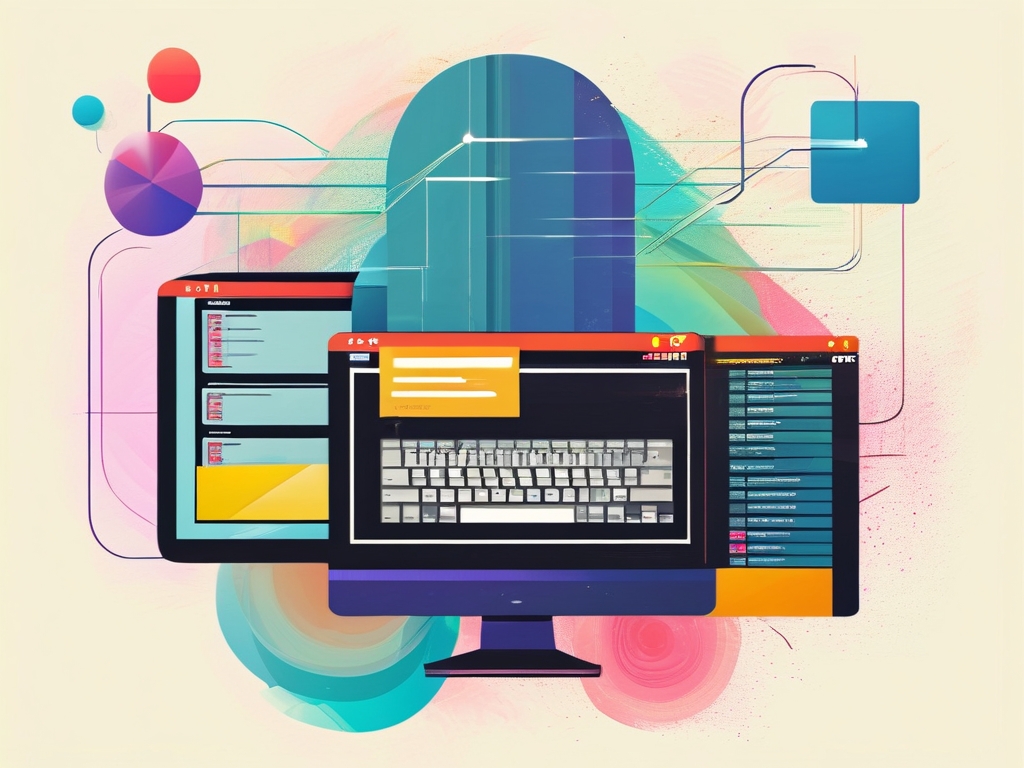Robotic sensing technology forms the cornerstone of modern robotics, enabling machines to perceive, interpret, and interact with their environments. This textbook chapter explores the fundamental principles, diverse sensor types, and real-world applications that define this critical field. By bridging theory and practice, it aims to equip students with the knowledge required to design and implement sensor-driven robotic systems.
Core Components of Robotic Sensing
- Sensor Types and Mechanisms
- Vision Sensors: Cameras and LiDAR systems replicate human sight, using light waves to capture spatial data. CMOS and CCD sensors enable object recognition, while 3D depth-sensing cameras like Intel RealSense enhance spatial mapping.
- Tactile Sensors: Pressure-sensitive arrays and piezoelectric materials allow robots to "feel" textures and forces. The BioTac sensor, for instance, mimics human fingertips with 400+ pressure points.
- Force-Torque Sensors: Strain gauges measure mechanical stress in robotic arms, crucial for precision tasks like surgical robotics.
- Environmental Sensors Infrared (IR) sensors detect heat signatures, while ultrasonic sensors measure distance through sound waves. Gas sensors like MOX-based detectors enable robots to monitor air quality in hazardous environments.
Applications Across Industries
-
Industrial Automation Automotive assembly lines employ vision-guided robots for welding accuracy within 0.1mm tolerances. Force-torque sensors ensure safe human-robot collaboration in factories.
-
Healthcare Robotics The da Vinci Surgical System integrates haptic feedback sensors, allowing surgeons to "sense" tissue resistance during minimally invasive procedures.
-
Autonomous Vehicles Tesla's Autopilot combines 8 cameras, 12 ultrasonic sensors, and a forward radar to create 360-degree environmental awareness, processing 100+ GB of data hourly.
Technical Challenges
- Sensor Fusion Complexity: Combining data from multiple sensors (e.g., IMUs, GPS, cameras) requires advanced algorithms like Kalman filters.
- Environmental Interference: Dust, moisture, and electromagnetic noise degrade sensor accuracy. NASA's Mars rovers use radiation-hardened sensors to withstand harsh conditions.
- Power Constraints: Lidar systems consume 15-25W, challenging battery-powered drones. Emerging technologies like event-based vision sensors reduce power usage by 90%.
Emerging Innovations
-
Neuromorphic Sensing IBM's TrueNorth chip mimics biological neural networks, processing visual data 100× faster than conventional systems while using minimal power.
-
Soft Robotics Integration Stretchable optical waveguides enable soft robots to detect deformation across curved surfaces, revolutionizing prosthetics and wearable tech.
-
Quantum Sensing Atomic magnetometers achieve femtotesla-level sensitivity, potentially enabling underground mapping robots to detect buried utilities without excavation.
Educational Case Study: Sensor Fusion in Rescue Robots A classroom project demonstrates how to combine thermal imaging (FLIR Lepton 3.5), gas detection (MQ-2), and vibration sensors (MPU6050) using Raspberry Pi. Students learn to:
- Calibrate cross-sensor data streams
- Implement noise reduction filters
- Create decision algorithms for disaster response scenarios
Ethical Considerations As sensing technologies advance, critical discussions emerge about privacy (facial recognition in public robots) and employment impacts (sensor-driven automation displacing 20M manufacturing jobs by 2030, per Oxford Economics).
Future Directions The field moves toward:
- Self-healing sensors: Materials that repair minor damages autonomously
- Biohybrid systems: Integrating biological neurons with electronic sensors
- Edge AI: On-device processing reducing cloud dependency
Robotic sensing technology continues to redefine the boundaries of machine capability. From nanoscale medical robots detecting cancer biomarkers to planetary exploration rovers analyzing Martian soil, sensors serve as the gateway between digital systems and physical reality. As students master these principles, they position themselves to lead the next wave of robotic innovation – creating machines that don't just operate in our world, but truly understand it.
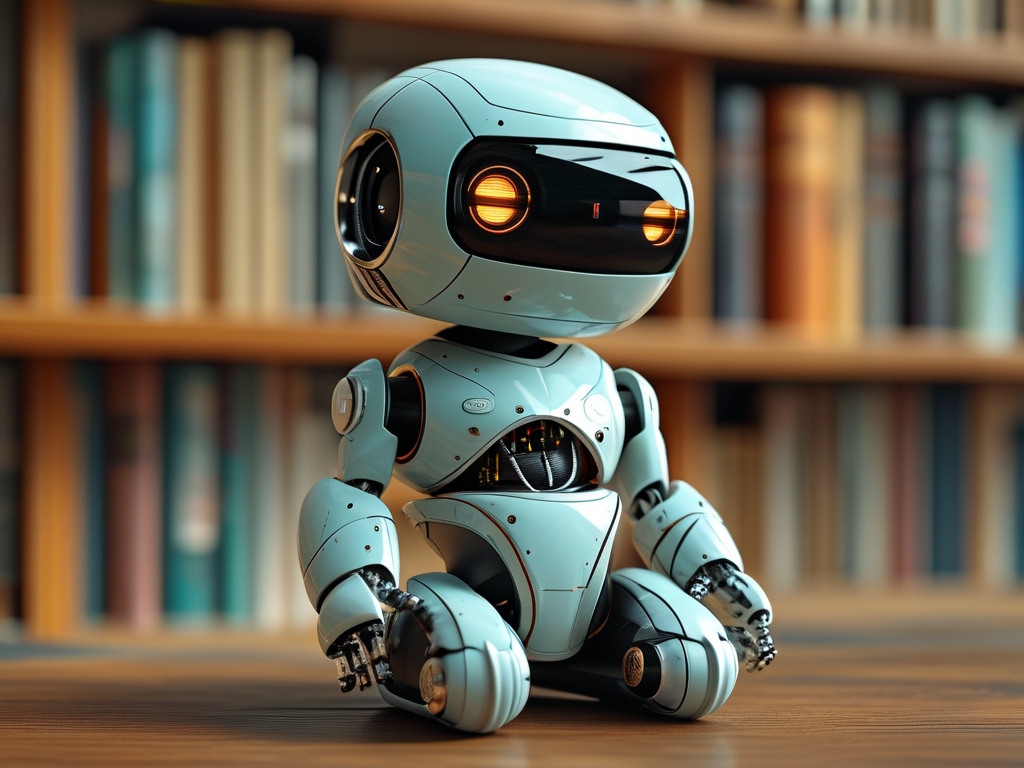
Appendix
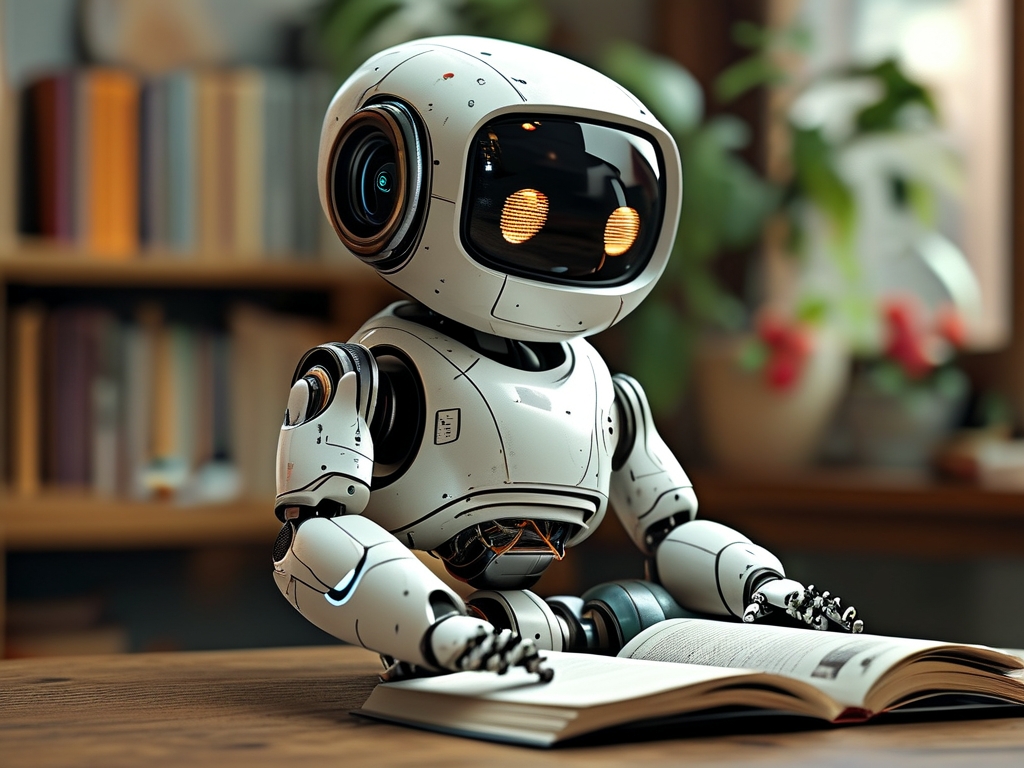
- Sensor calibration workflows
- ROS (Robot Operating System) integration tutorials
- Safety standards (ISO 10218 for industrial sensor systems


